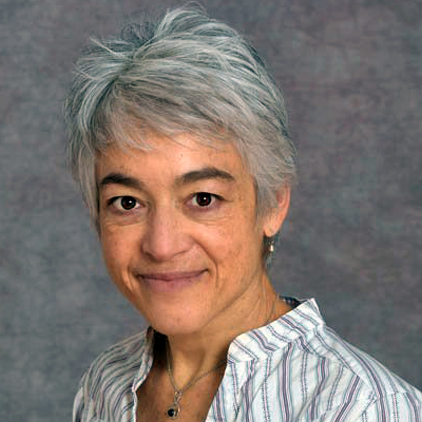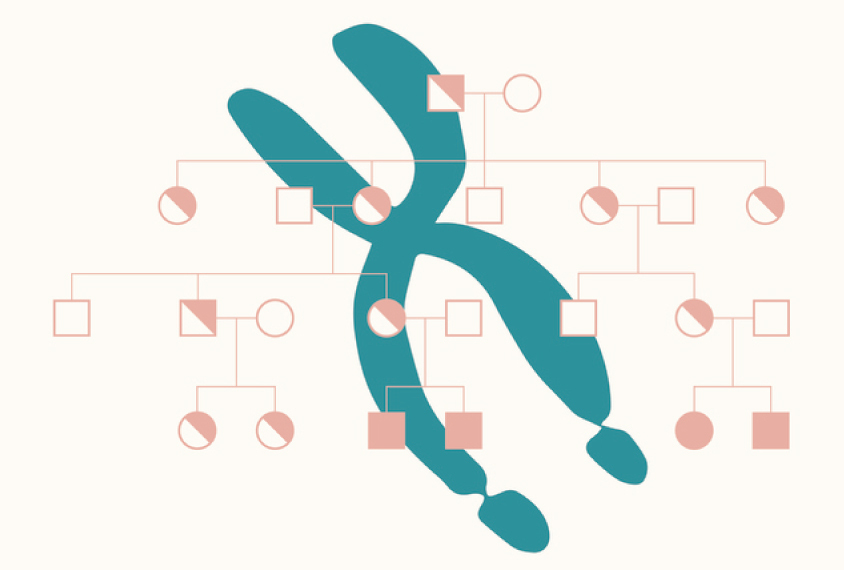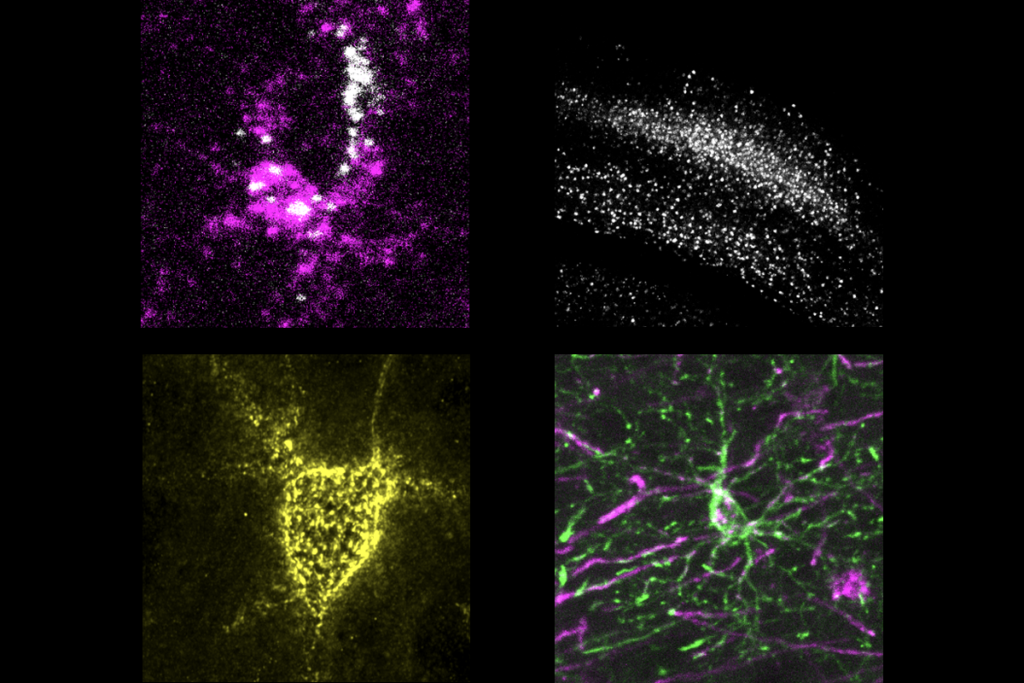Skomorowsky is a clinical instructor in psychiatry at the NYU Grossman School of Medicine and an attending psychiatrist at NYU Langone Hospital. Her writing has appeared in the New York Times, the Washington Post, the Wall Street Journal, Scientific American, and Slate.

Anne Skomorowsky
Clinical instructor
New York University
From this contributor
A whisper of autism: Fragile X carriers and the autism phenotype
Among people who carry the fragile X premutation, about 14 percent of boys and 5 percent of girls meet the criteria for autism, but the ‘broad autism phenotype’ may be far more common.

A whisper of autism: Fragile X carriers and the autism phenotype
Explore more from The Transmitter
Alex Maier argues that a scientific explanation of consciousness requires grounding in formalized mathematics
When it comes to discovering laws of nature for consciousness similar to those in physics, Maier argues that integrated information theory is the only game in town.
Alex Maier argues that a scientific explanation of consciousness requires grounding in formalized mathematics
When it comes to discovering laws of nature for consciousness similar to those in physics, Maier argues that integrated information theory is the only game in town.
Neuro’s ark: How goats can model neurodegeneration
Since debunking an urban legend that headbutting animals don’t damage their brain, Nicole Ackermans has been investigating how the behavior correlates with neurodegeneration.

Neuro’s ark: How goats can model neurodegeneration
Since debunking an urban legend that headbutting animals don’t damage their brain, Nicole Ackermans has been investigating how the behavior correlates with neurodegeneration.
Astrocytes stabilize circuits in adult mouse brain
The glial cells secrete a protein that suppresses plasticity post-development.

Astrocytes stabilize circuits in adult mouse brain
The glial cells secrete a protein that suppresses plasticity post-development.